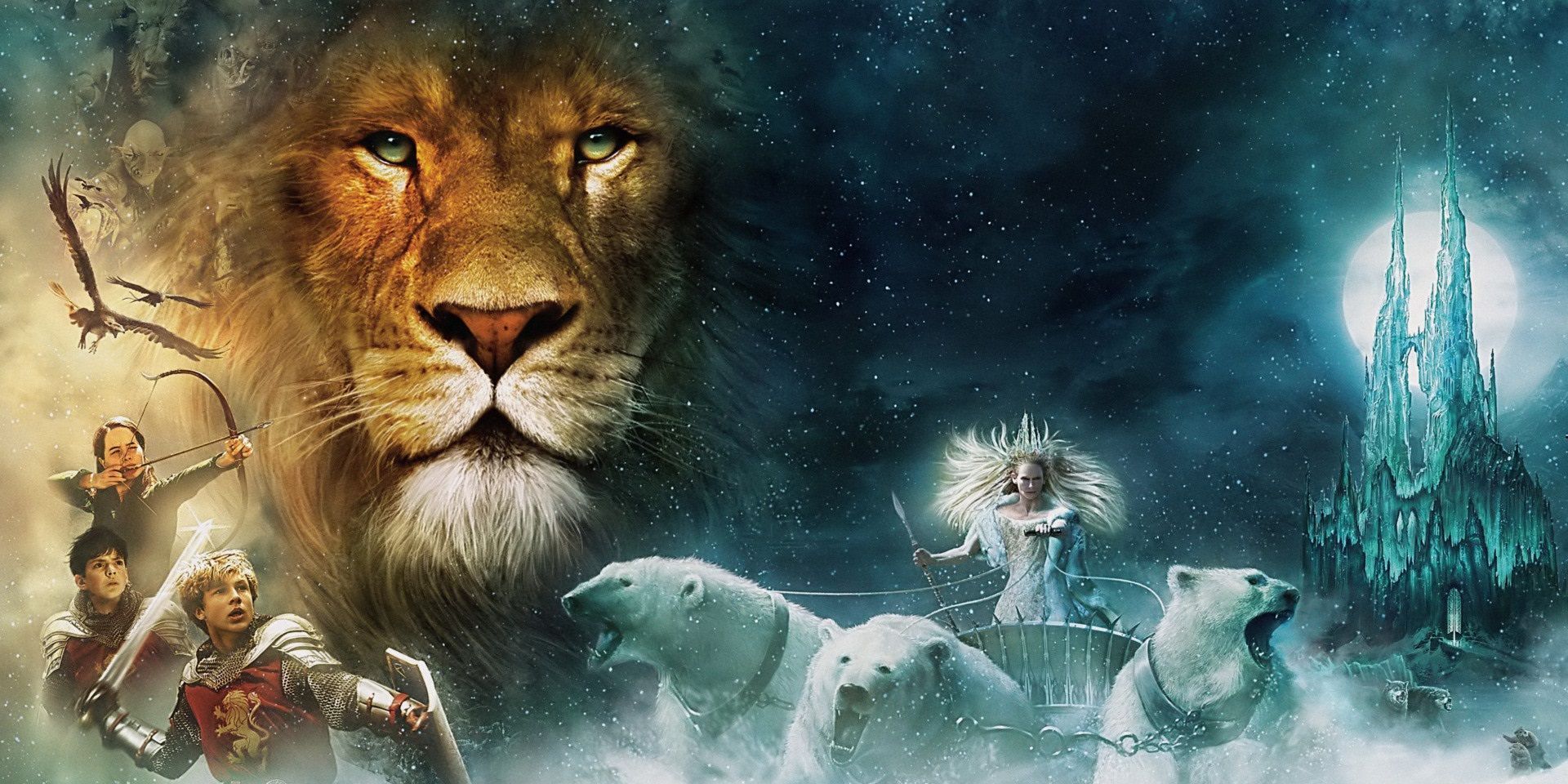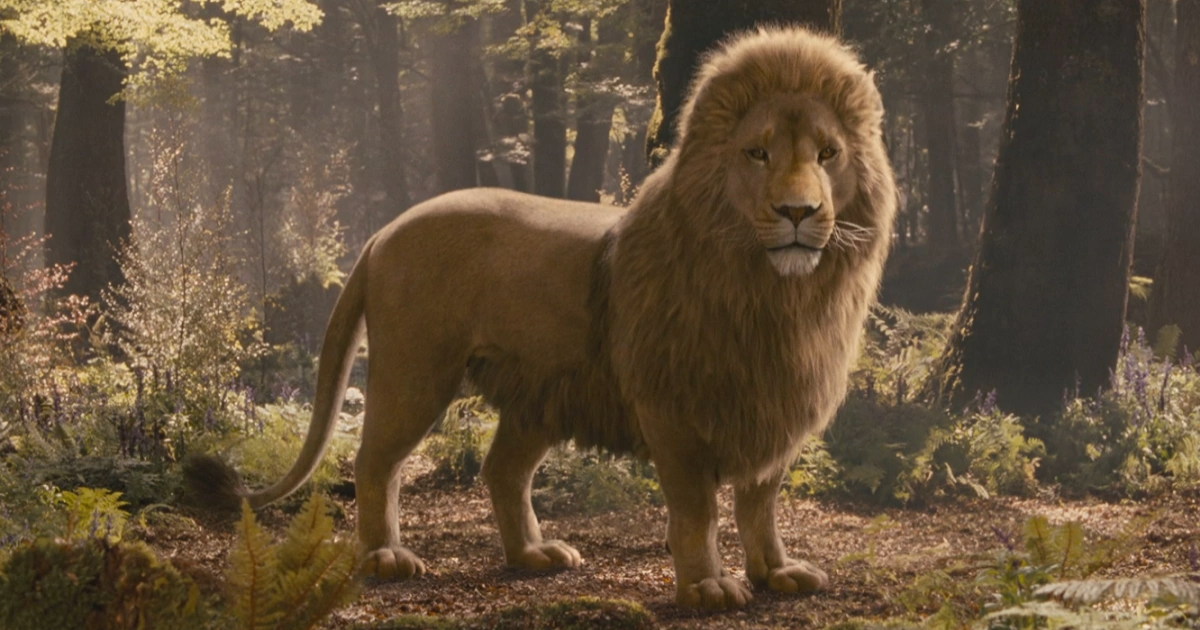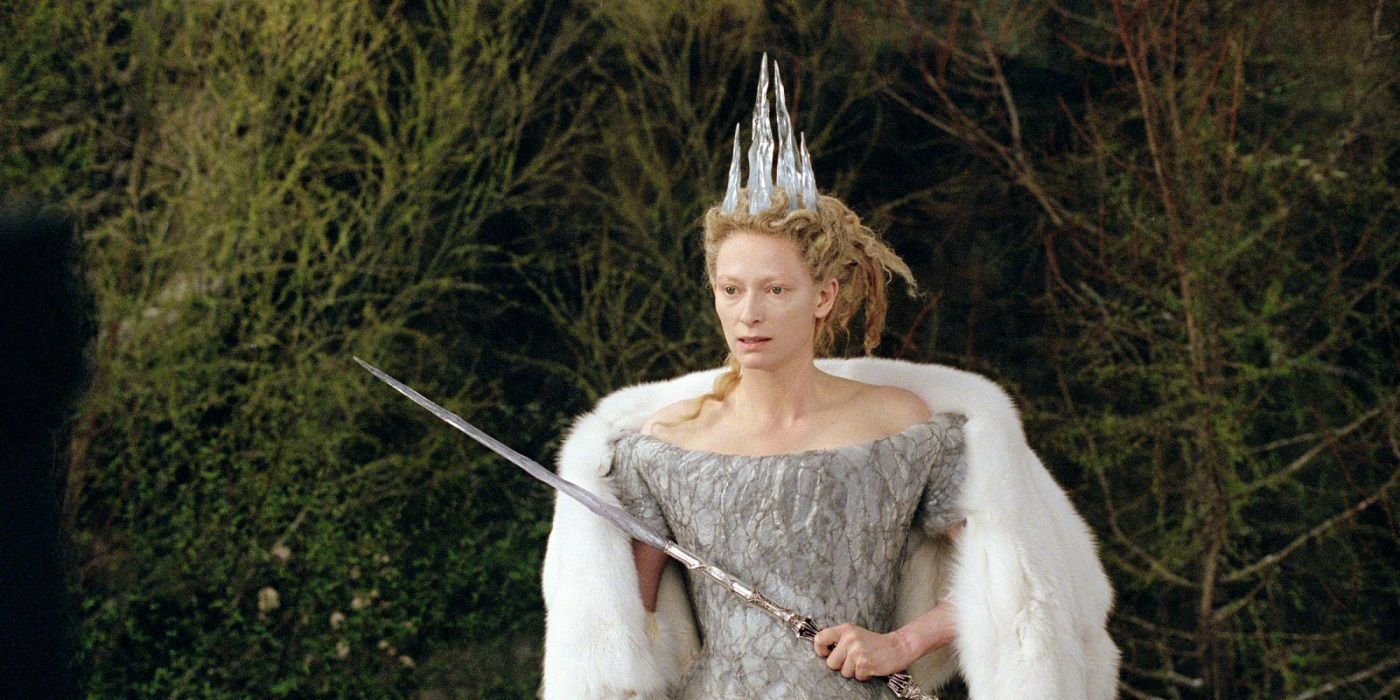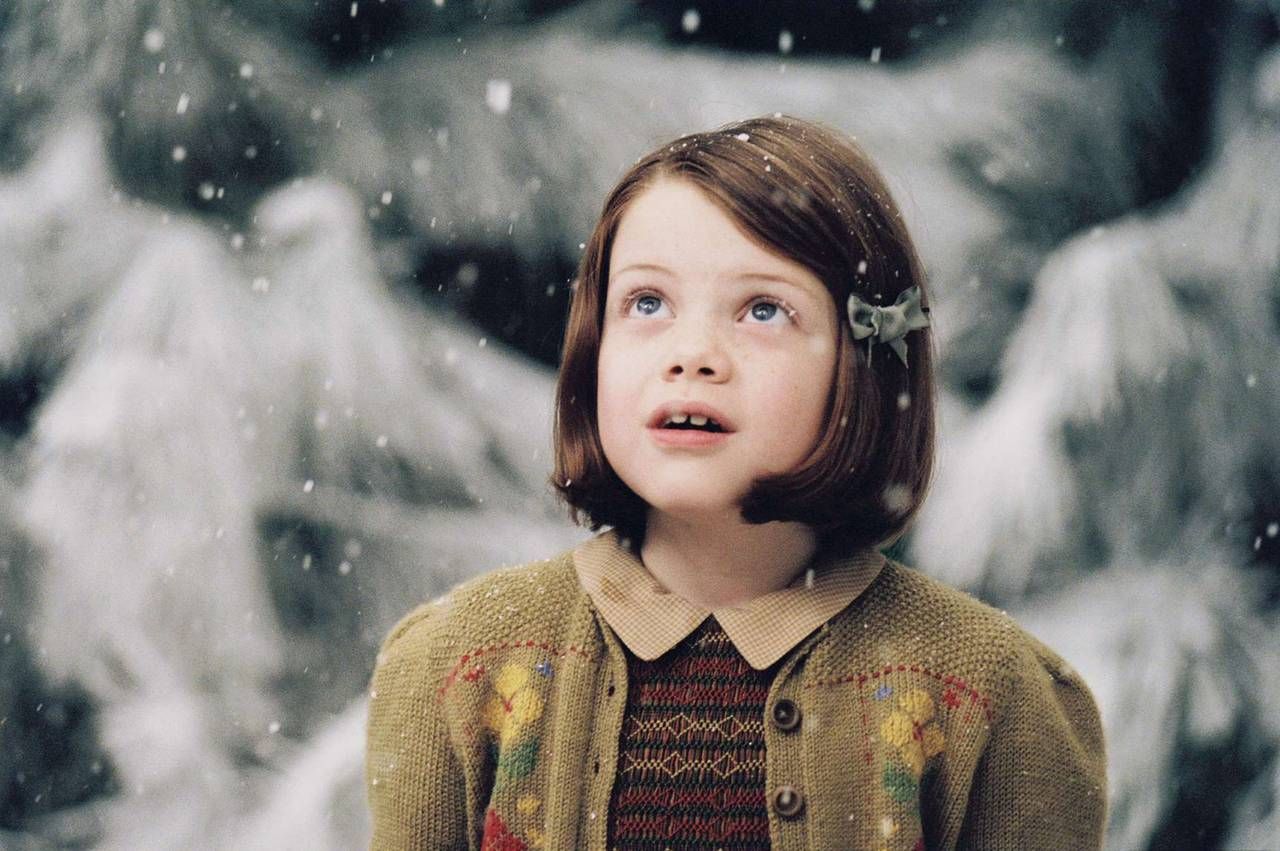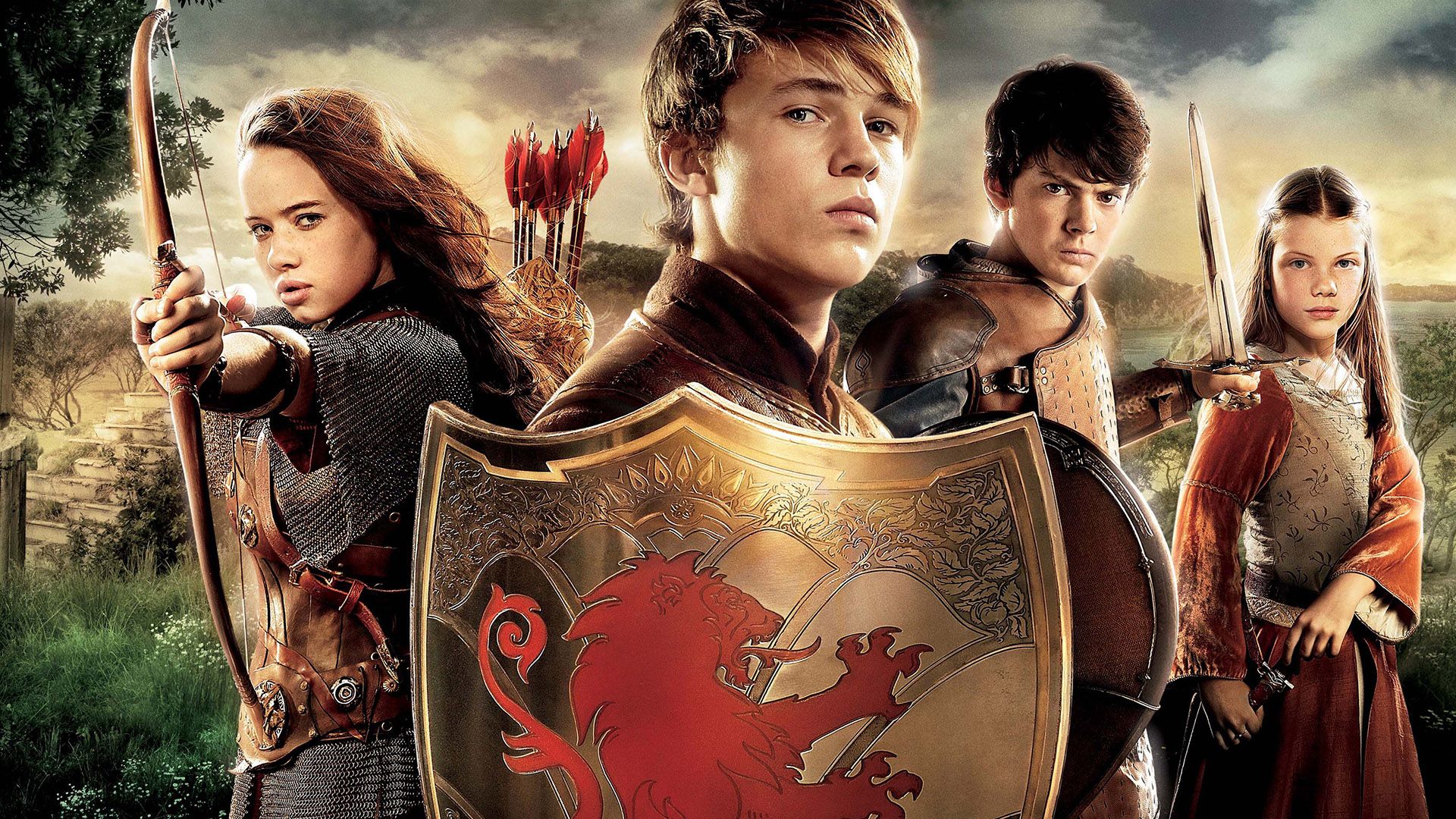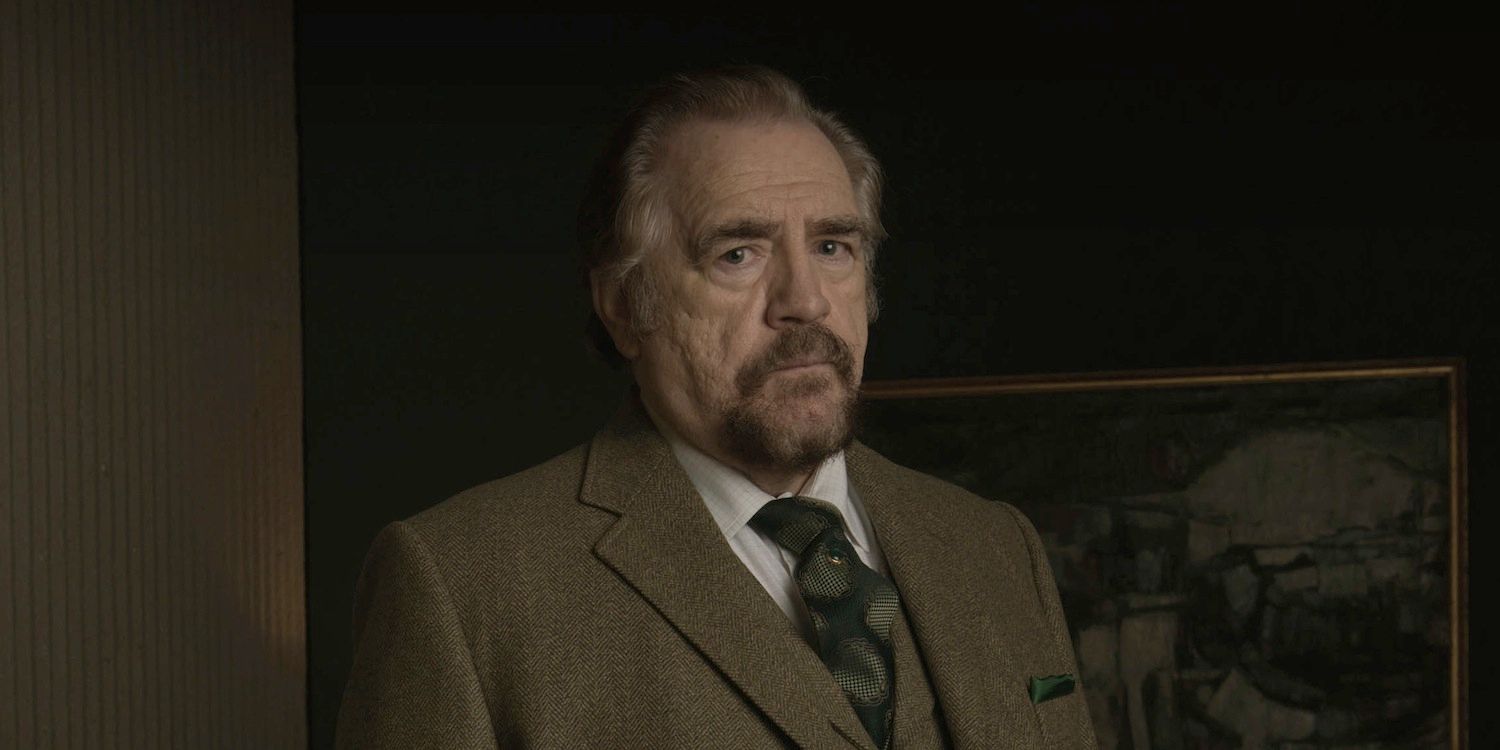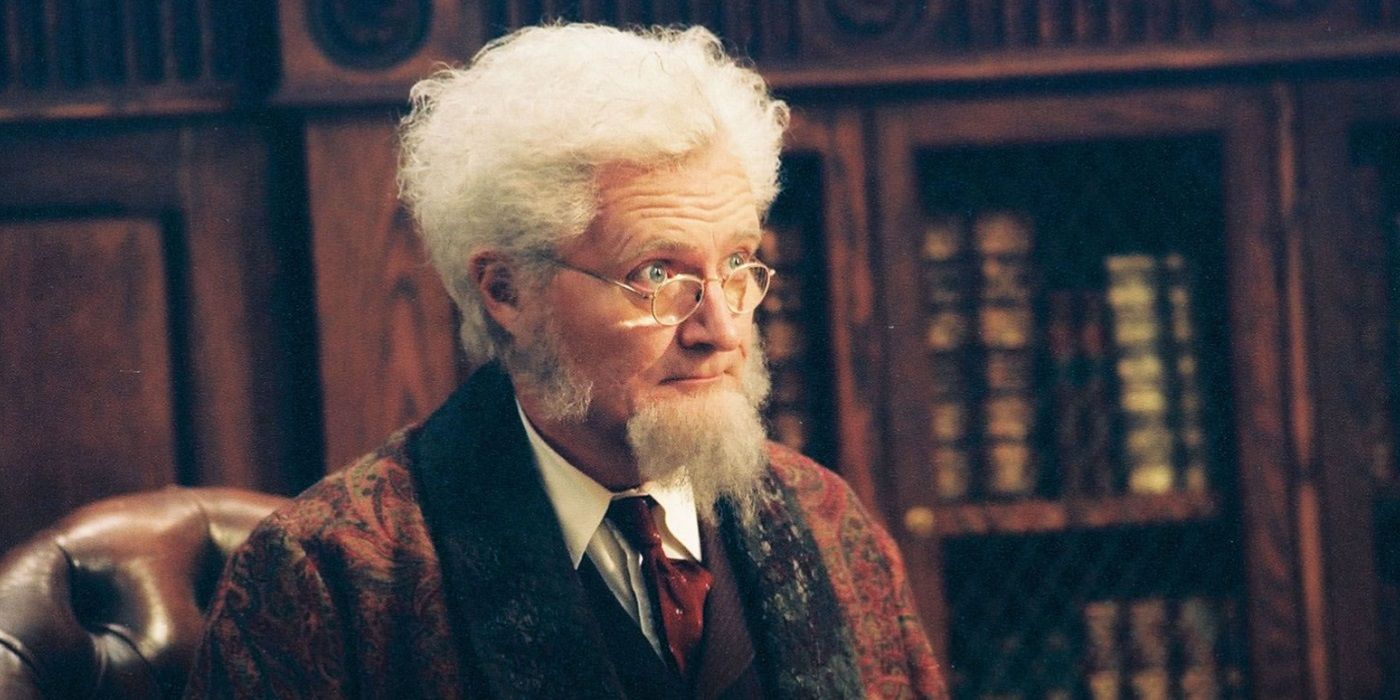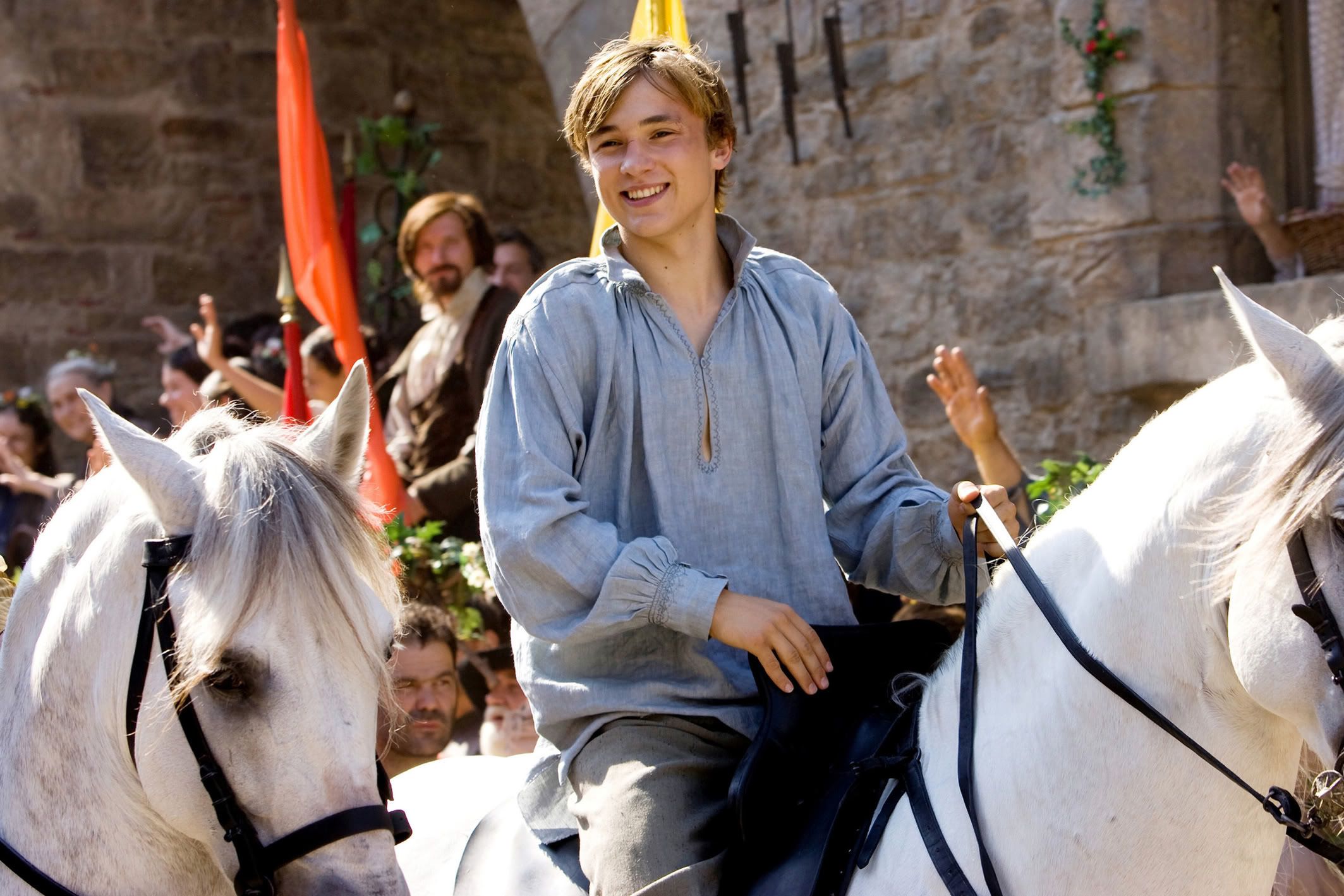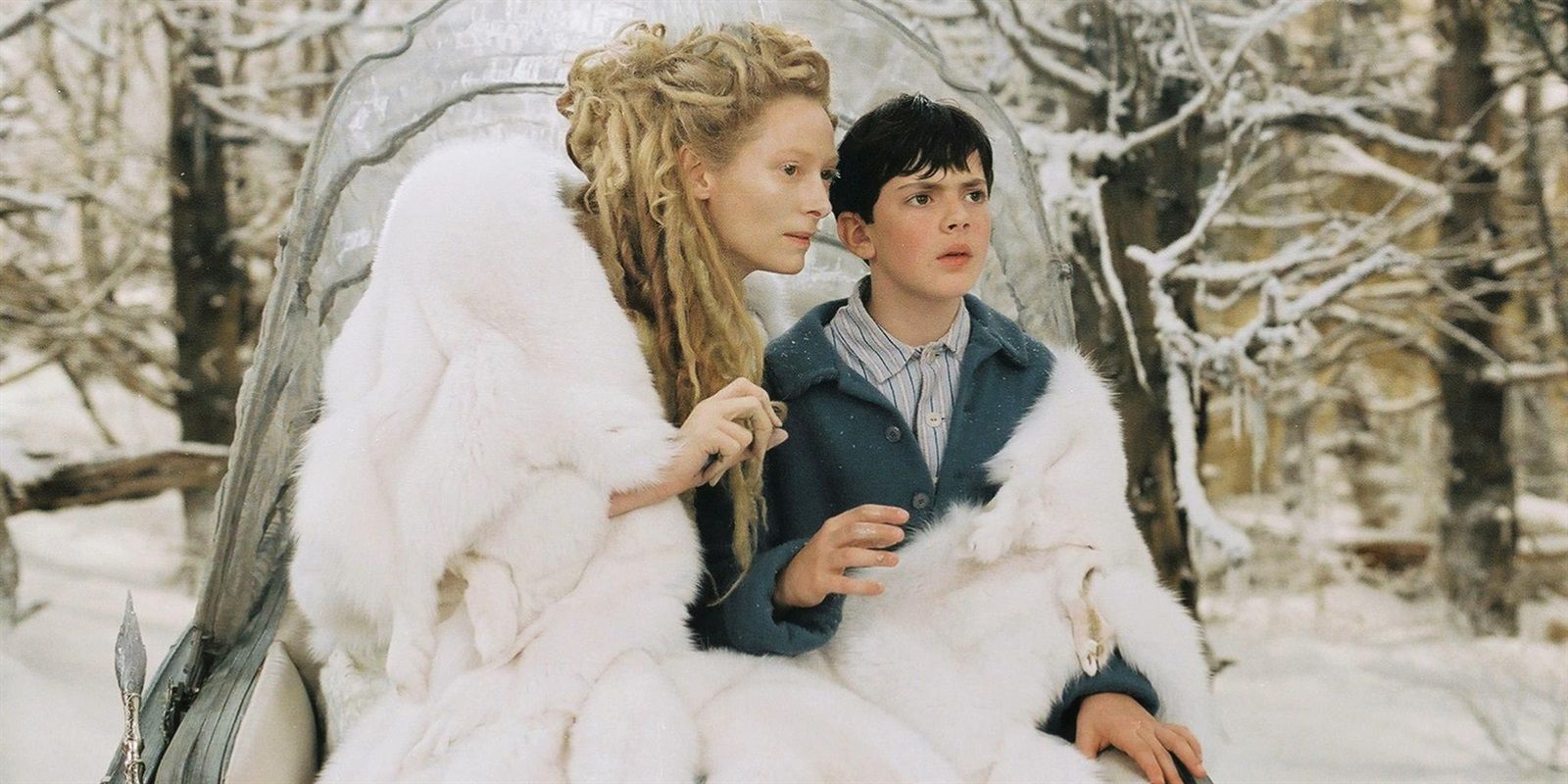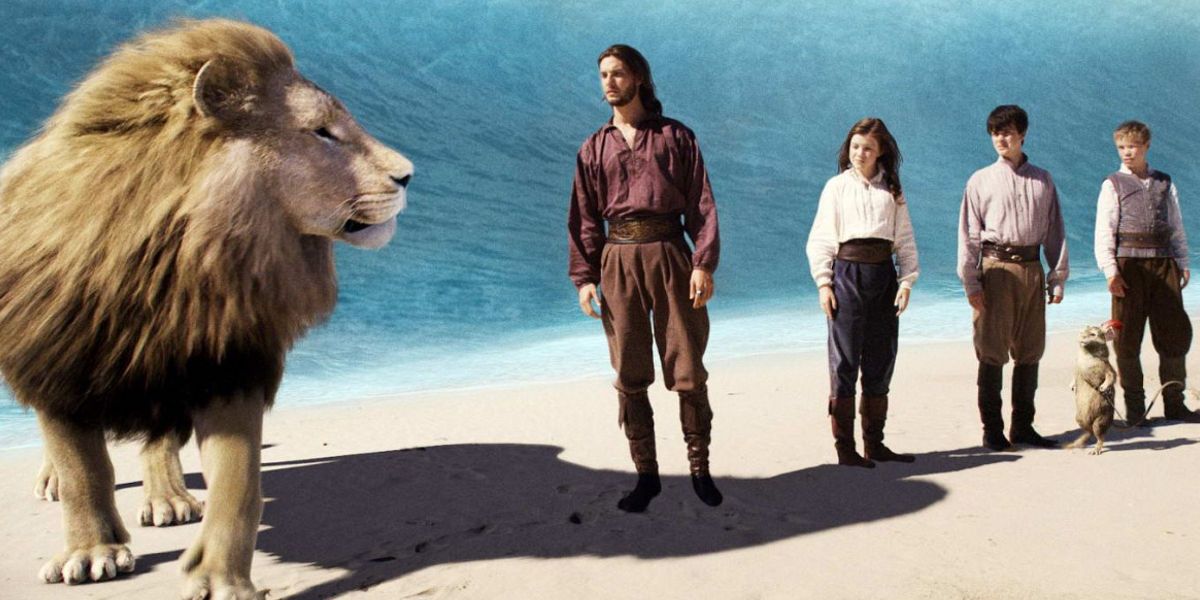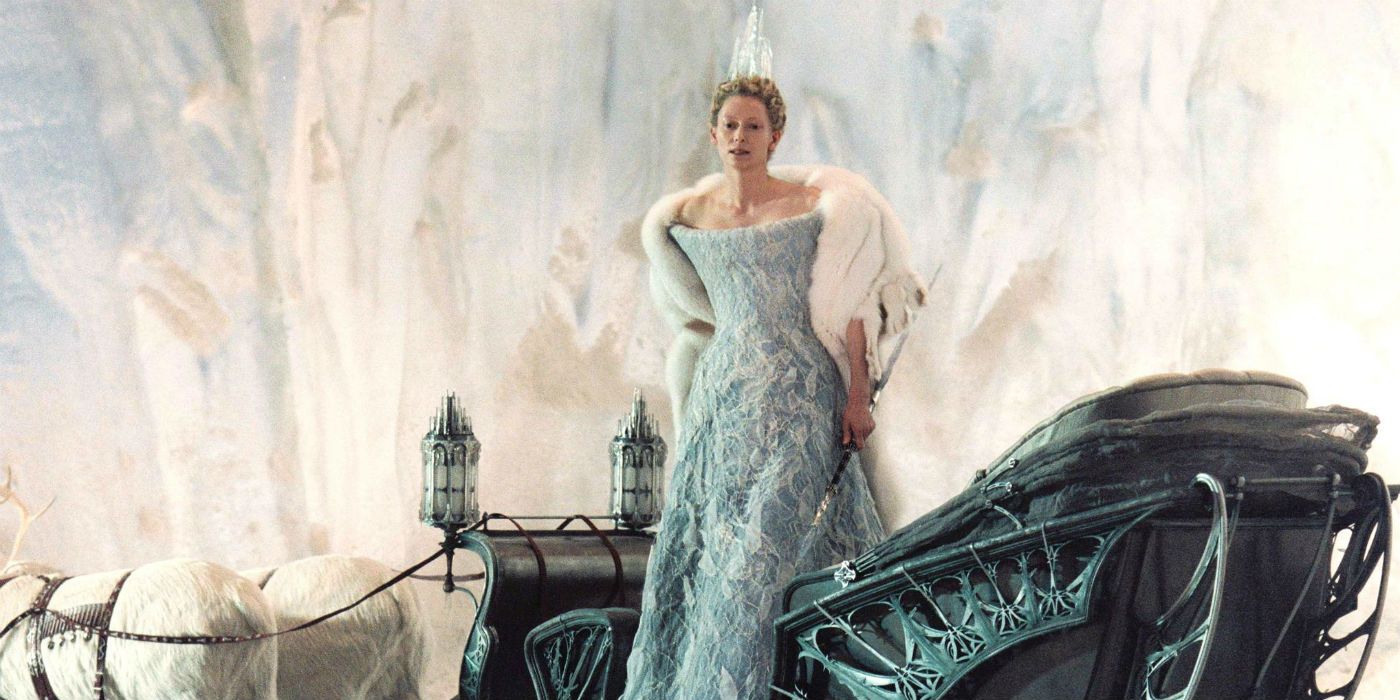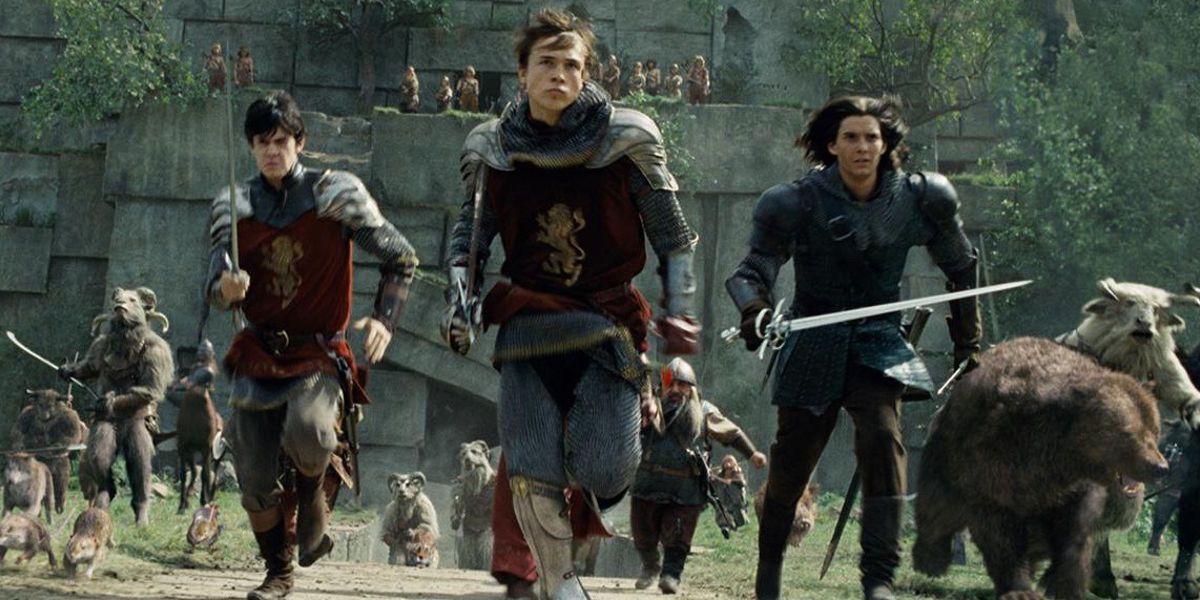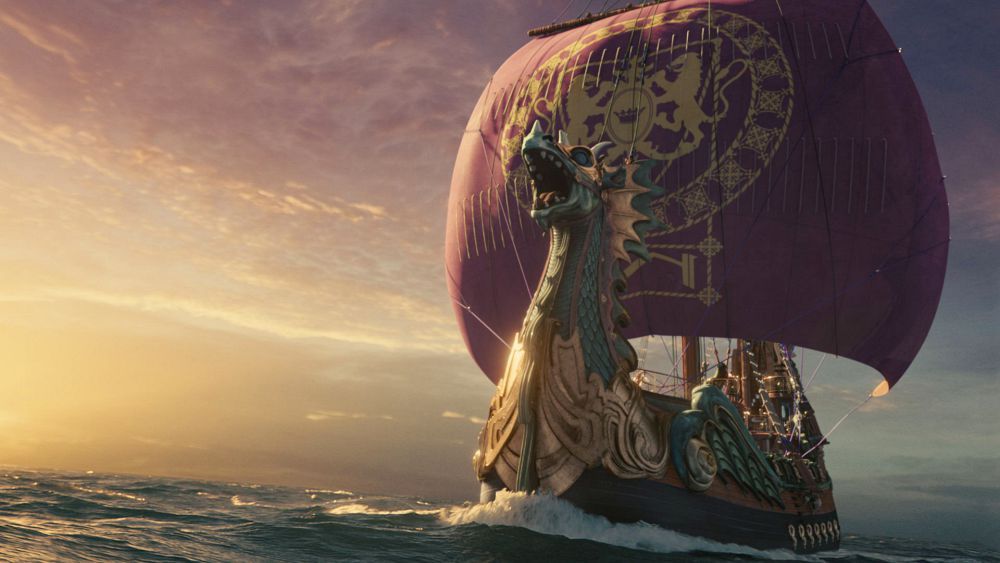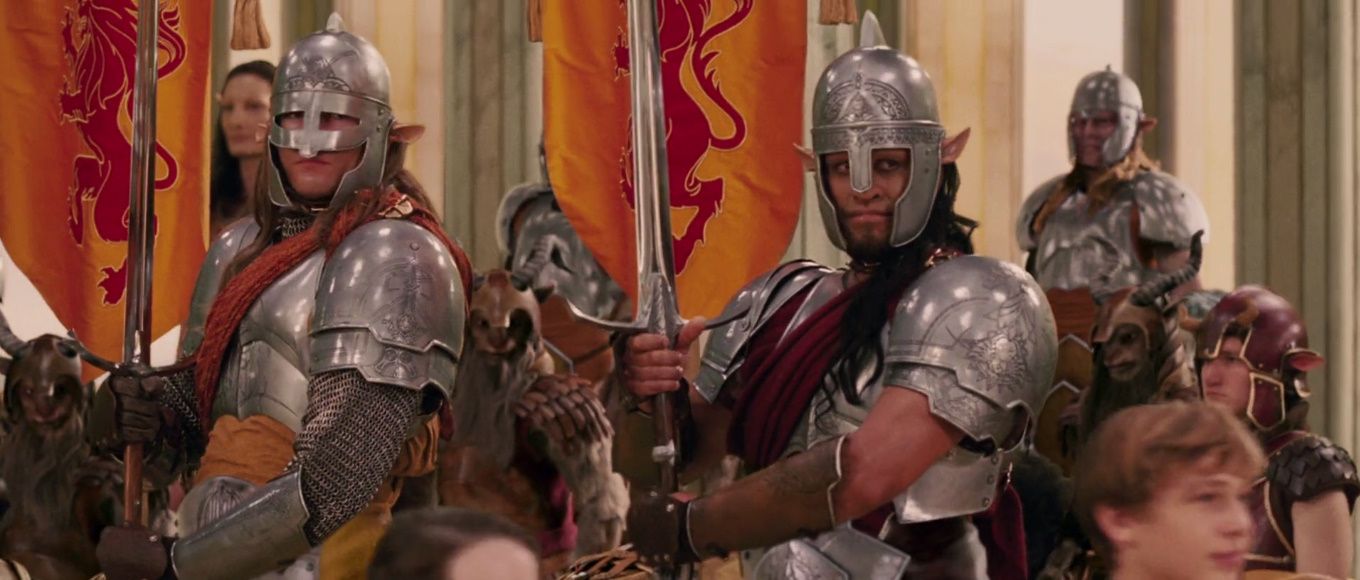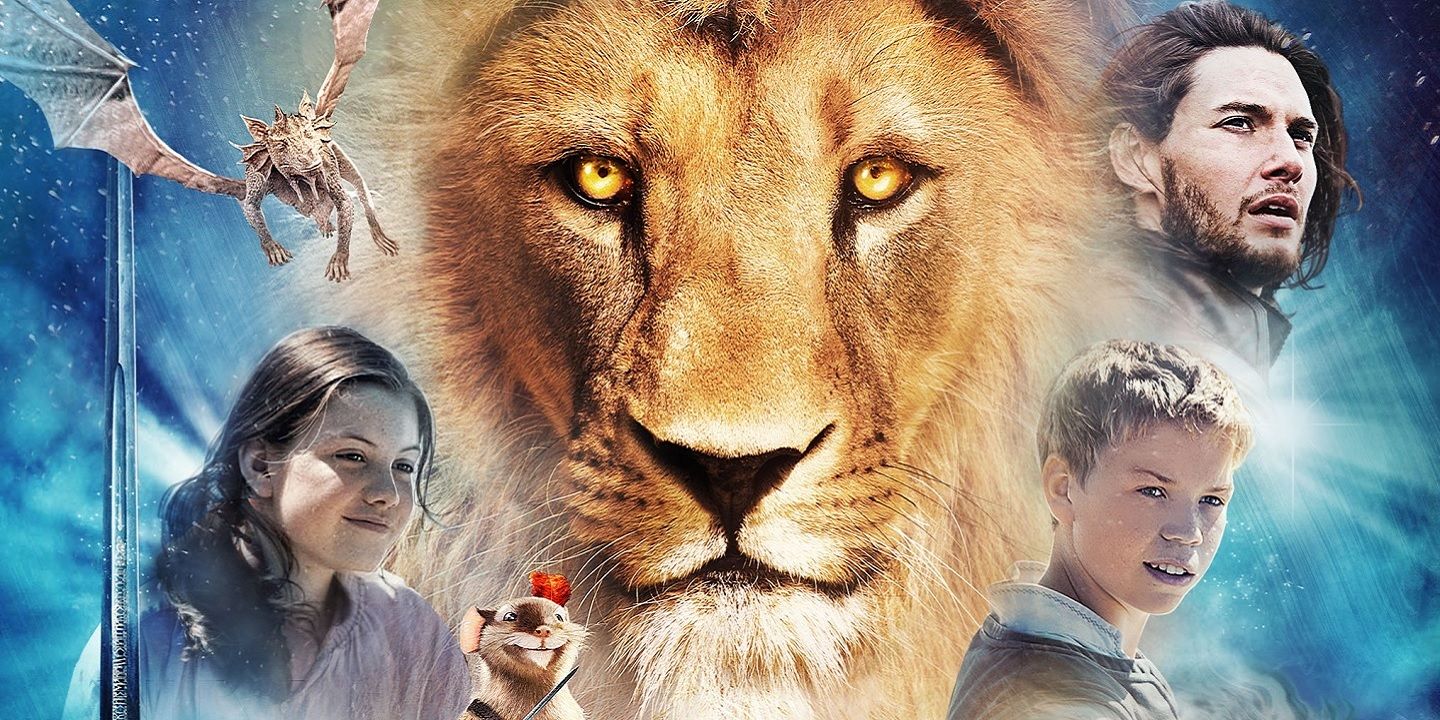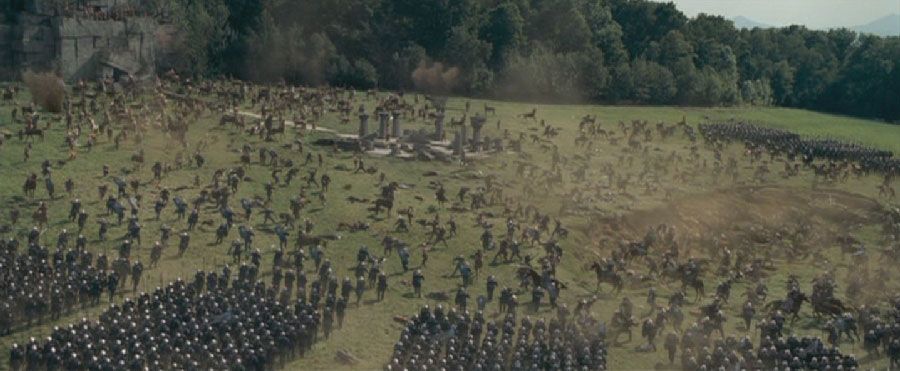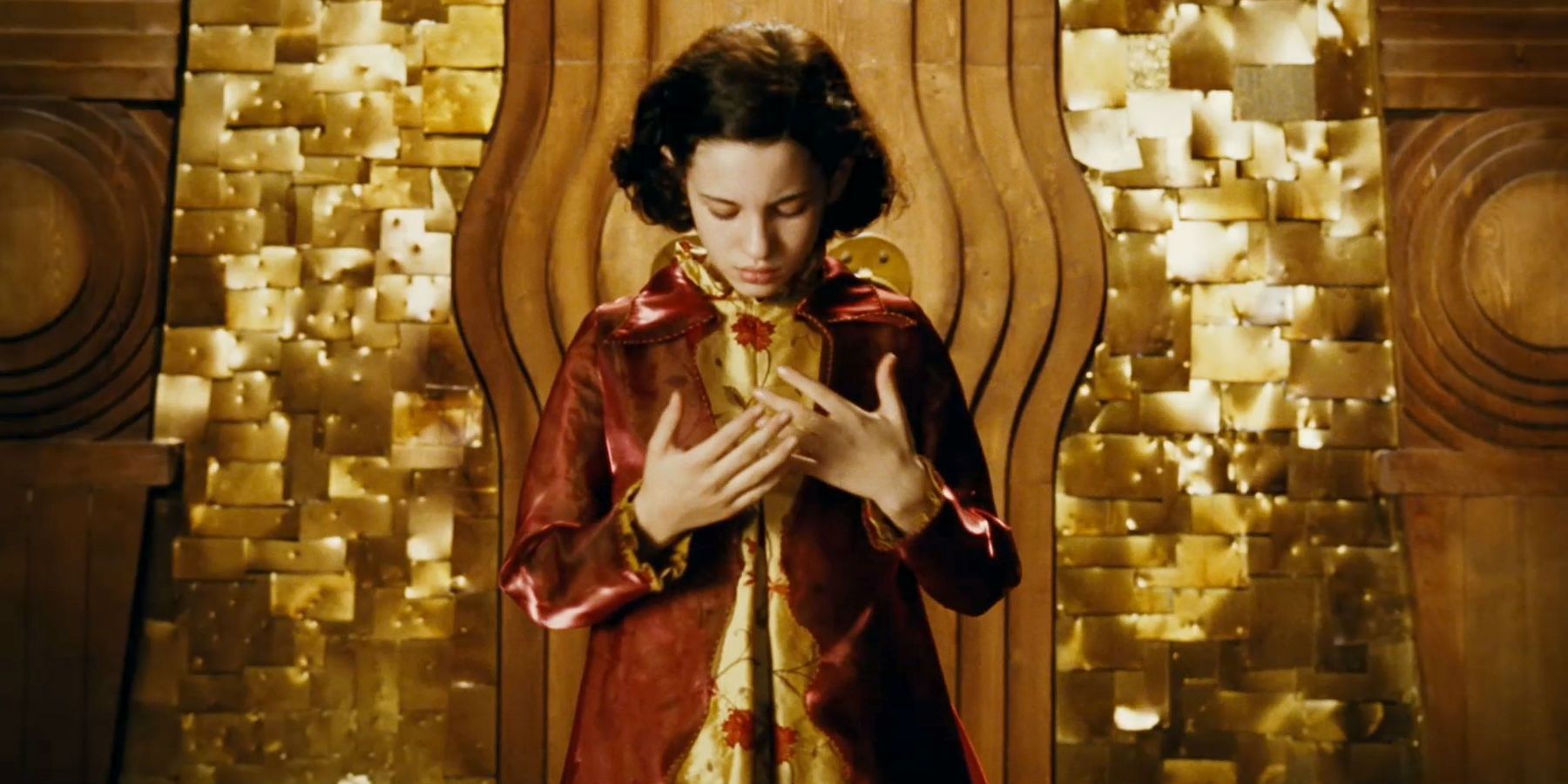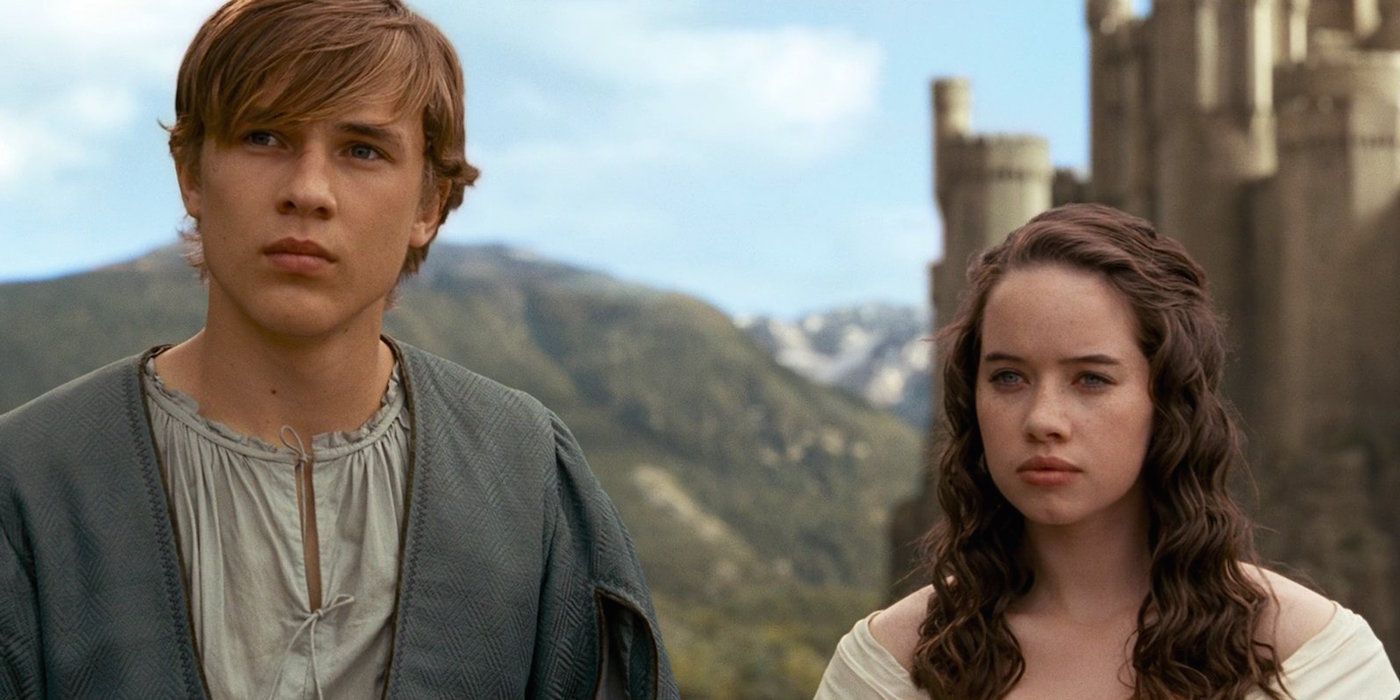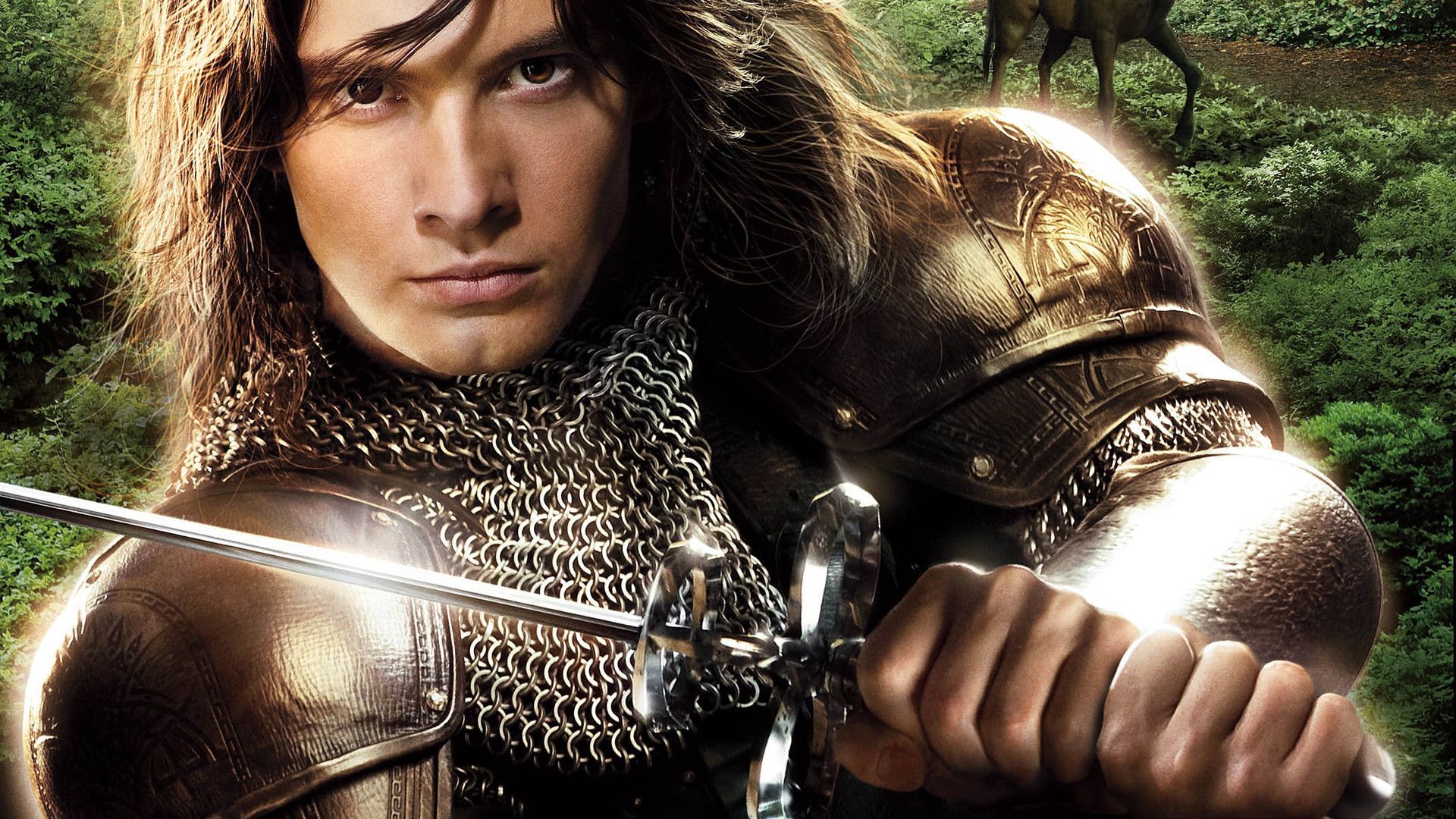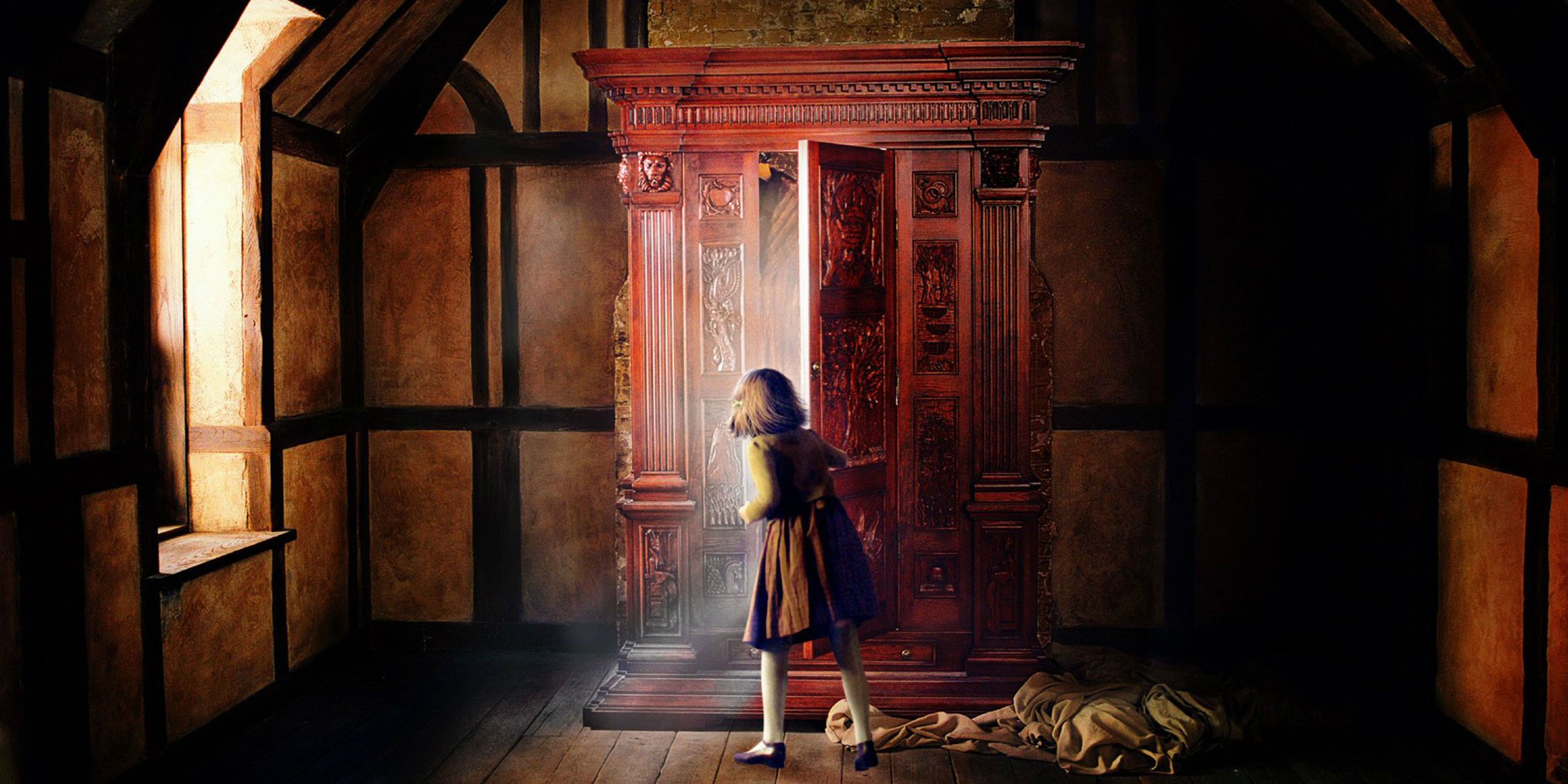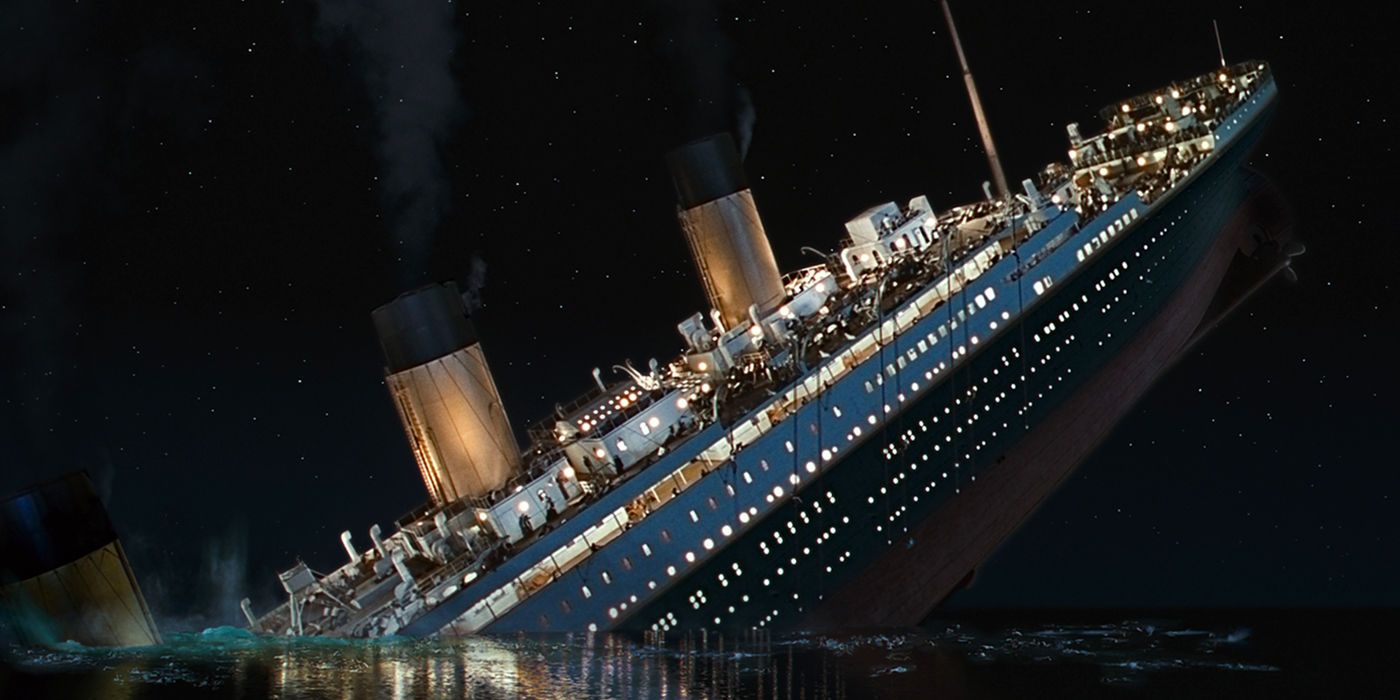Taken together, the Chronicles of Narnia novels by C.S. Lewis represent one of the most beloved fantasy stories in all of children’s literature. Over a 100 million editions of the books in the Narnia series have been sold since it launched in 1950.
Given this immense popularity, it was only a matter of time before the series was adapted for the big screen, after numerous successful TV, radio, and stage productions had been mounted. Yet it wasn’t until 2005 that a film franchise materialized, with the arrival of The Lion, the Witch and the Wardrobe.
The movie received generally positive reviews and was the third highest grossing film of the year, which gave Walden Media the confidence to green-light sequels based on the remaining six books.
This is where things started to go a bit pair-shaped for the Narnia franchise, however. Follow-up outing Prince Caspian – although largely well-received by critics – underperformed at the box office, earning substantially less than its predecessor.
Everyone involved swore that they’d learned valuable lessons from Prince Caspian’s underwhelming reception, and vowed that the next film, The Voyage of the Dawn Treader, would turn things around. It didn’t – in fact, The Voyage of the Dawn Treader earned even less money, and met with a lukewarm response from critics.
Walden Media subsequently allowed the series rights’ to expire, and the franchise looked done for. Fortunately, The Mark Gordon Company swooped in to save the day, and a new entry, The Silver Chair, is set to start filming later this year.
To pass the time between now and that film’s premiere, here’s 20 Crazy Details Behind Making Of The Chronicles Of Narnia Movies.
An Actor Played Aslan during filming
Magical talking lion Aslan was brought to life in The Chronicles of Narnia movies through the use of cutting-edge CGI. It’s not like the filmmakers had any choice, really: they could hardly have employed the services of an actual jungle cat!
The actors were initially forced to engage with an inanimate bust of Aslan’s head when filming scenes with him.
When it came time for the cameras to roll on Prince Caspian, director Andrew Adamson quickly realized this wouldn’t work, considering how involved Aslan’s interactions with Georgie Henley’s Lucy were going to be – so stuntman Shane Rangi stepped in to don Aslan’s mane on set.
The white witch almost looked completely different
If you’re familiar with the illustrations in the Lion, the Witch and the Wardrobe – or have fond memories of the book’s BBC adaptation – you’ll know that the White Witch has dark hair. Originally, director Andrew Adamson intended for the big screen version of this frosty villainess to follow suit, so a black wig formed part of actress Tilda Swinton’s costume and everyone was happy.
Then prosthetic make-up supervisor Howard Berger’s children visited the set, and suggested that the White Witch would look better with blonde hair, instead. Berger took their feedback onboard, and ultimately decided that he agreed with them, later branding Swinton’s unused raven-haired locks as “too Gothic”.
Georgie Henley’s Reaction to Tumnus and Narnia was genuine
You can hire the best actors in the world, yet sometimes, nothing beats the impact of a genuine human response. This was the rationale behind director Andrew Adamson’s decision not to reveal any of the Narnian visuals to child actress Georgie Henley prior to filming her scenes in The Lion, the Witch and the Wardrobe.
It paid off, too: when Henley’s Lucy first enters Narnia, her amazed reaction to its snowy landscape – not to mention fawn Mr. Tumnus – seems genuine because it is!
According to a behind-the-scenes featurette packaged with the movie’s home release, Skandar Keynes was also kept in the dark, resulting in a similarly genuine response when Edmund first encounters the magical realm.
The Magician's Nephew Reboot
We’ve mentioned already that after Voyage of the Dawn Treader was neither the critical nor commercial success that Walden Media hoped for, it the franchise was in dire straits. Indeed, the producers appeared desperate to turn things around – eventually preparing to reboot the series with an adaptation of The Magician’s Nephew.
This would have meant skipping over the next two books in the series – The Silver Chair and The Horse and His Boy.
This could have caused an uproar among more ardent fans.
That said, given that The Magician’s Nephew serves as an origin story for Narnia-- as chronologically, it’s the first chapter in the series-- it’s the logical springboard for a franchise do-over.
Brian Cox Was Originally The Voice Of Aslan
Liam Neeson has played several mentor figures throughout his career, most notably Jedi Master Qui-Gon Jinn in Star Wars and Batman’s teacher Ra’s al Ghul in the Dark Knight trilogy. The decision to cast the Oscar-nominee as the voice of Aslan in the Chronicles of Narnia film franchise was a no-brainer, really.
That said, Neeson wasn’t the filmmakers’ first choice – that honor goes to another distinguished thespian, Brian Cox.
Cox actually made it into the recording booth.
However, upon hearing the Scottish actor’s vocals emanating from the CGI Aslan’s mouth, it became clear to director Andrew Adamson that the part had been miscast.
The setting was almost moved to America
Before Walden Media acquired the licensing rights to The Chronicles of Narnia, the franchise was being developed at Paramount Pictures. It seems the studio wasn’t exactly interested in fidelity to the source material, as executives at Paramount were apparently adamant that the series’ real-world bookend scenes be relocated from the 1940s Britain to present day America!
Douglas Gresham – stepson of series’ author C.S. Lewis, and the person in charge of his estate – objected to these changes, arguing in favor of a more direct translation of his stepfather’s work. Gresham was therefore overjoyed when Paramount’s plans fell through, and he was enthusiastic in his support for incoming director Andrew Adamson’s more faithful vision for the franchise.
3,000 Actors Read For The Part Of Peter Pevensie
Finding one talented child actor is tough, but finding four? Now that’s really having your work cut out for you – as the filmmakers found out during casting for The Lion, the Witch and the Wardrobe. The search to find performers capable of portraying leads Peter, Susan, Edmund and Lucy Pevensie was truly exhaustive, with literally thousands of young actors reading for the parts.
Seriously: 3,000 candidates threw their hat in the ring for the part of Peter alone!
Not all of the roles were that hard to fill, though. Director Andrew Adamson only had one actress in mind for the White Witch, Tilda Swinton, who signed on – averting yet another global casting call.
Skandar Keynes (Edmund) Quit Acting After the Narnia movies
For many people, acting – let alone acting in a blockbuster franchise enjoyed by audiences worldwide – would be a dream career. For Skandar Keynes, who has played Edmund Pevensie in all of the The Chronicles of Narnia films to date, acting is a profession he seems to have outgrown.
Keynes has turned his back on Hollywood.
He enrolled at Cambridge University shortly after the release of Voyage of the Dawn Treader, where he studies Arabic and Farsi, plus Middle Eastern History.
By all accounts the one-time Narnian ruler is relishing his new vocation, so don’t expect a big screen comeback any time soon!
Narnia is Designed To Be Different From Middle-Earth
New Zealand special effects house Weta Workshop will probably always be best known for its Oscar-winning work on Peter Jackson’s The Lord of the Rings trilogy. As you can imagine, this was actually a major concern for Weta founder Richard Taylor when the Workshop was brought onboard to oversee the fabrication of the ostensibly similar world of Narnia.
According to Taylor, he and his team consciously avoided repeating their designs for Middle-earth when trying to visualize the creatures, weapons, and environments of C.S. Lewis’ fantasy realm.
As Taylor himself points out, the two fictional realities are actually very different, which would have made anything more than a passing resemblance between them inappropriate.
They Weren't Allowed To Use Real Reindeer
New Zealand is home to many wonderful native animals, but North American reindeer aren’t among them. That’s why the filmmakers behind The Lion, the Witch and the Wardrobe planned to ship in 12 reindeer to attach to the White Witch’s sleigh. The problem was that the Ministry of Agriculture and Forestry refused to grant permission, as the deers posed a risk to New Zealand’s wildlife.
Animatronic reindeer were commissioned, which feature in stationary shots of the sleigh.
In a clever bit of design, the white hide on the faux reindeer could be switched out for brown, allowing the same props to double for those owned by Father Christmas, as well.
Additional Action Scenes Were Invented For Prince Caspian
When director Andrew Adamson sat down to start work on Prince Caspian, he discovered that it would be trickier to adapt than The Lion, the Witch and the Wardrobe. The biggest challenge Adamson identified was the sequel’s more deliberate pacing, with little action in the lead up to its relatively low-key final battle.
Adamson’s solution was two-fold. First, he beefed up the scope of Prince Caspian’s climactic set piece, so that it was at least the equal of the epic conflict that closes out The Lion, the Witch and the Wardrobe. More importantly, he also devised new action scenes for the film, with Caspian’s daring escape added to open proceedings in suitably exciting fashion.
None Of The Dawn Treader's Scenes Were Filmed At Sea
Ask any filmmaker who has ever shot a movie set at sea, and their advice to anyone following in their footsteps will be “don’t” Such was the case when director Michael Apted approached fellow auteurs Gore Verbinski and Peter Weir for pointers on handling The Voyage of the Dawn Treader’s nautically-based scenes. Verbinski and Weir recommended that Apted not even film on water.
Heeding their advice, Apted had the titular ship built on a massive gimbal capable of simulating the motion of waves and rotating 360 degrees to ensure consistent lighting.
Of course, a water tank was used for instances where characters find themselves overboard.
However, the boat itself never sailed in it!
Different Races Were Given Distinctive Fighting Styles
The world of Narnia is populated with a diverse array of fantastical races, encompassing everything from talking animals to human/beast hybrids (think minotaurs, centaurs and fawns). Perhaps inevitably, these different groups don’t always get along – as illustrated by the numerous inter-species skirmishes that erupt throughout the books and their cinematic counterparts.
When it came time to depict Narnia’s various denizens at war, the filmmakers went to the extra effort of developing unique fighting styles for each race.
This was especially pronounced in Prince Caspian, the better to distinguish the various combatants during the chaos of the climatic melee.
C.S. Lewis’ Estate Objected To Changes To The Voyage Of The Dawn Treader
Generally speaking, the estate of C.S. Lewis – which is managed by his stepson, Douglas Gresham – was supportive of the approach taken by the filmmakers in adapting The Chronicles of Narnia. This was helped by the fact that the first two films hewed very close to the narrative originally laid out in Lewis’ novels, leaving little to complain about.
But then production got underway on the second sequel in the franchise, The Voyage of the Dawn Treader, and this cordial relationship became strained. Why? Well, incoming director Michael Apted proposed some rather significant changes to the story – like incorporating elements from the fourth book, The Silver Chair – which irked Gresham, although Apted eventually won him over.
The Scale Of Prince Caspian Was Intentionally Bigger Than The Previous Film
We’ve already mentioned that director Andrew Adamson expanded the final battle in Prince Caspian, making it considerably more epic than what was described in C.S. Lewis’ novel. It wasn’t just the original book Adamson was trying to outdo – he also encouraged the crew to make every aspect of the sequel bigger than what had already been seen in the previous film.
Although Adamson was proud of how The Lion, the Witch and the Wardrobe turned out, he nevertheless believed that there was room to crank up the scale for the sequel.
To that end, he ensured that Prince Caspian boasted bigger sets, more elaborate costumes and creatures, and fiercer action scenes than its predecessor.
Guillermo Del Toro Was Approached To Direct The Lion, The Witch And The Wardrobe
Celebrated director Guillermo del Toro has had terrible luck when it comes to directing films based on beloved fantasy novels. In 2010, the Oscar-winner was forced to vacate the director’s chair on The Hobbit films, and several years earlier, he had to pass up calling the shots on The Lion, the Witch and the Wardrobe due to scheduling conflicts.
Still, it’s not all bad news.
The project del Toro was already committed to when cameras were about to roll on the first Narnia movie was Pan’s Labyrinth.
Prior to the release of The Shape of Water, it was the best reviewed movie on his resume!
The Child Actors' Ages Dictated The Order of the movies
The Chronicles of Narnia book chronology can certainly be confusing. The sixth book is actually set before the first, and the fifth book takes place before the second, third, fourth and seventh!
Regardless, after kicking the film franchise off with The Lion, the Witch and Wardrobe, the producers opted to continue following the real-world ordering for the sequels.
They produced and released the films in the same order as the books were published.
The reason for this was simple: the young cast would have grown too old to portray their characters if Narnia’s actual chronological timeline had been adhered to!
Ben Barnes Dropped Out Of A National Theatre Production To Play Prince Caspian
The thing about destiny is you never know when it’s going to come knocking – although it’s rarely at the most convenient time. Just ask Ben Barnes, who was starring in a National Theatre production of The History Boys in London when he received the news that he’d been cast as Prince Caspian.
Barnes agonized over whether or not to bail on the play.
Working at the National Theatre was his childhood dream – but ultimately the lure of Hollywood was too strong to ignore. Don’t think that the young actor’s abrupt departure inconvenienced anyone, though – his understudy was waiting in the wings to replace him.
Conveying The "Wonder" Of Entering Narnia Via The Wardrobe Was A Struggle
One of the most magical moments when reading The Lion, the Witch and the Wardrobe comes when Lucy Pevensie first commutes to Narnia via the portal in an otherwise unremarkable closet. As it turns out, translating that same sense of wonder to the big screen was no walk in the park.
This was due to the logistical hurdles involved with capturing the transition from the real world to Narnia in one continuous shot – even with sets for both environments built on either side of the wardrobe!
Director Andrew Adamson ultimately had to resort to cutting around the actual crossover itself, something he remains dissatisfied about to this day.
The Voyage Of The Dawn Treader Used The Same Water Tank As Titanic
The Dawn Treader itself may not have actually set sail during principal photography of the second Chronicles of Narnia sequel – but the filmmakers still required a gigantic water tank. After all, when your movie is set at sea, your actors are going to need something to splash around in at some point.
As it turns out, the cast didn’t just paddle around in any old water tank, either. No, The Voyage of the Dawn Treader utilized the same oversized pool as Titanic!
It seems this particular tank is pretty much the best there is.
It’s been used for several other big budget flicks, including Master and Commander: The Far Side of the World.
–
Did we miss any other crazy details behind the making of The Chronicles of Narnia movies? Let us know in the comments!

